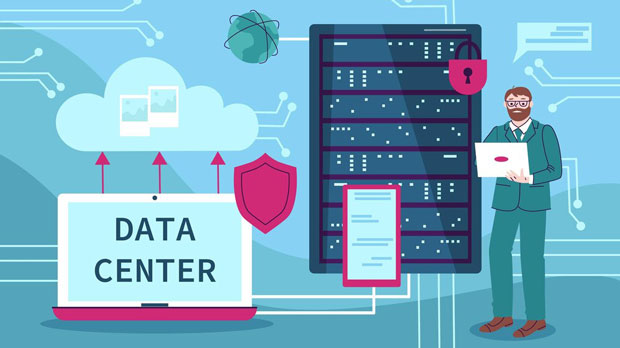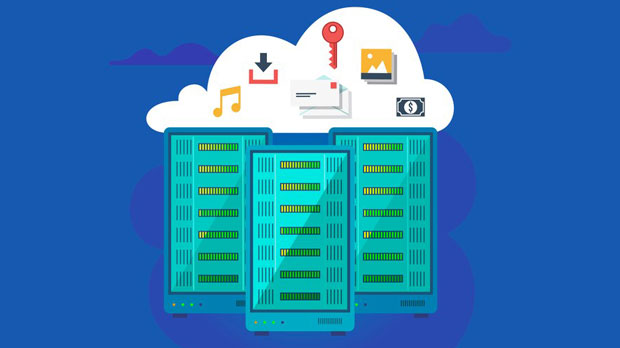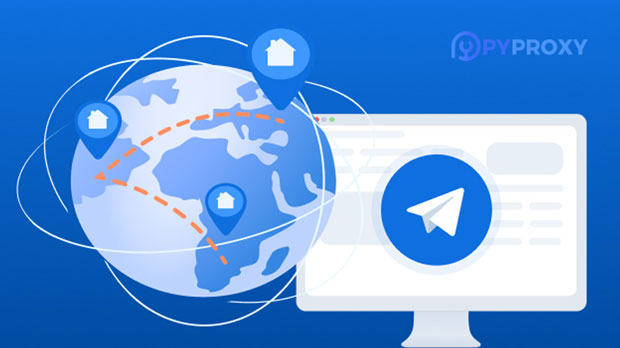When it comes to online privacy and security, two common tools are the Private socks5 proxy and HTTPS proxy. While both serve as intermediaries between users and the internet, their functions and use cases differ significantly. The Private Socks5 proxy operates at a lower network level, offering flexibility in routing various types of traffic. It is ideal for applications that require anonymity and bypassing network restrictions. On the other hand, HTTPS proxies work specifically with encrypted web traffic, ensuring secure browsing for web-based activities. Understanding the distinctions between these two types of proxies is crucial for making informed decisions about which one to use for your specific needs. What is a Private Socks5 Proxy?A Socks5 proxy is a versatile and anonymous network protocol that facilitates communication between a client and a server, with the "5" signifying the latest version. Unlike traditional HTTP proxies, which only work with web traffic, sock s5 proxies can handle a wide variety of internet protocols, such as FTP, SMTP, and even P2P connections. This makes Socks5 proxies highly useful for applications beyond standard web browsing, such as gaming, torrenting, or using specific software that requires a variety of network protocols.One of the main advantages of the Private Socks5 proxy is its ability to provide a high level of anonymity. It routes traffic through a third-party server without altering or inspecting the data being sent, ensuring that the user’s real IP address remains hidden. This is particularly beneficial for users who want to mask their location or avoid censorship in certain regions.Advantages of Private Socks5 Proxy- Supports Multiple Protocols: Socks5 proxies can handle different types of traffic, including web browsing, emails, FTP transfers, and more. This makes them suitable for users who require flexibility in their online activities.- Anonymity: Since Socks5 proxies don't modify or filter the data, they offer a high level of anonymity, which is crucial for users concerned about online privacy.- Bypass Restrictions: Socks5 proxies are commonly used to bypass geographical restrictions or censorship, especially when users are trying to access content that is blocked in specific countries.- Ideal for P2P Activities: The protocol is commonly used for peer-to-peer (P2P) activities such as torrenting, ensuring that users can download and upload files securely and anonymously.What is an HTTPS Proxy?In contrast, an HTTPS proxy focuses specifically on encrypting web traffic through the HTTPS protocol, which is commonly used for secure browsing on the internet. When you use an HTTPS proxy, the proxy server will establish an encrypted tunnel between the client and the destination server, ensuring that all data sent and received is secure. This type of proxy is widely used for secure web browsing, as it protects against eavesdropping and man-in-the-middle attacks.An HTTPS proxy primarily serves the needs of users who are browsing the web and need a secure connection, especially when using public Wi-Fi or accessing sensitive information. It’s also an effective tool for bypassing geo-blocked content on websites that require HTTPS connections.Advantages of HTTPS Proxy- Encryption: HTTPS proxies encrypt the traffic between the user and the proxy server, offering enhanced security for online activities. This is important for users who want to protect their sensitive data, such as passwords, financial information, and personal details.- Secure Web Browsing: HTTPS proxies are specifically designed to ensure safe browsing on the internet by using the HTTPS protocol, making them ideal for online activities such as online banking or shopping.- Bypass Geo-Restrictions: Like Socks5 proxies, HTTPS proxies can also be used to access content that is restricted based on geographic location, though they are limited to HTTPS sites.- Easy to Set Up: HTTPS proxies are often easier to configure than Socks5 proxies, particularly for users who only need secure browsing for web activities.Key Differences Between Private Socks5 Proxy and HTTPS Proxy1. Supported ProtocolsOne of the most significant differences between the two lies in the types of traffic they support. While an HTTPS proxy is designed exclusively for web traffic that uses the HTTPS protocol, a Socks5 proxy can handle a wide range of protocols. This flexibility makes the Socks5 proxy ideal for applications beyond just web browsing, such as torrenting, gaming, or even email communication.2. Level of EncryptionAnother major distinction is the level of encryption offered. HTTPS proxies ensure encrypted communication by default since they rely on the HTTPS protocol, which secures data transfer between the user and the website. In contrast, a Socks5 proxy doesn’t provide encryption inherently. While it masks the user’s IP address, the data itself is not encrypted unless the application itself provides encryption.3. Use CasesThe use cases for each type of proxy vary significantly due to their technical differences. A Private Socks5 proxy is often used for more versatile activities such as torrenting, gaming, or accessing multiple types of internet services without restrictions. It is particularly suited for users who require anonymity and flexibility across different network protocols. Conversely, an HTTPS proxy is most beneficial for users who need to secure their web browsing activity, particularly when accessing sensitive information or using public networks.4. Performance and SpeedPerformance can also differ between the two proxy types. Socks5 proxies generally have better performance for non-web traffic because they do not introduce the overhead of encryption. However, HTTPS proxies may add additional latency due to the encryption process, especially if the server is geographically distant from the user. For secure web browsing, this tradeoff is acceptable, but for activities that require high performance, such as gaming or streaming, Socks5 proxies may be more suitable.When choosing between a Private Socks5 proxy and an HTTPS proxy, it ultimately comes down to the user’s specific needs. If you require versatility, anonymity, and support for multiple protocols, a Socks5 proxy is likely the best choice. It’s ideal for applications such as gaming, torrenting, and bypassing internet restrictions. However, if your primary concern is secure web browsing, especially for sensitive tasks such as banking or shopping, an HTTPS proxy will provide the encryption and security necessary to protect your online activities.Both proxies offer valuable features in different contexts, so understanding their strengths and limitations will help you make an informed decision. Whether you prioritize flexibility, anonymity, or encryption, knowing the differences between these two proxies is essential for optimizing your online experience.
Apr 16, 2025
![arrow]()




























































